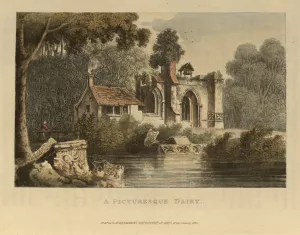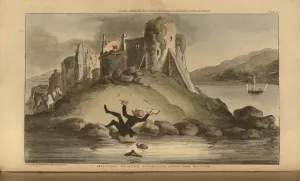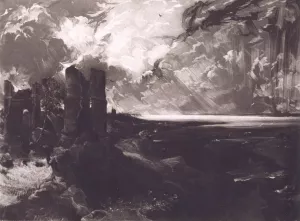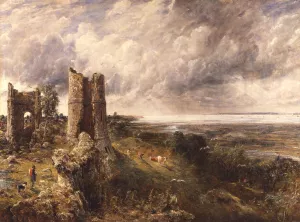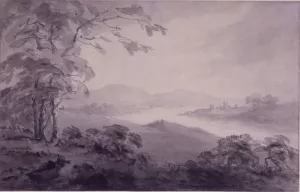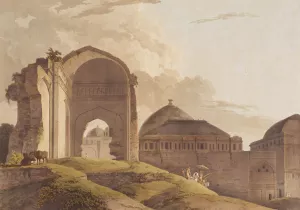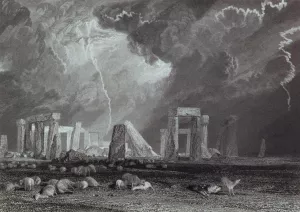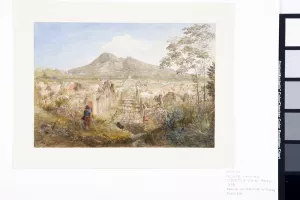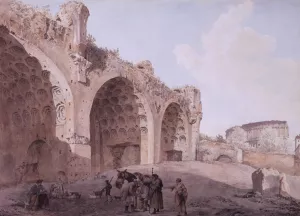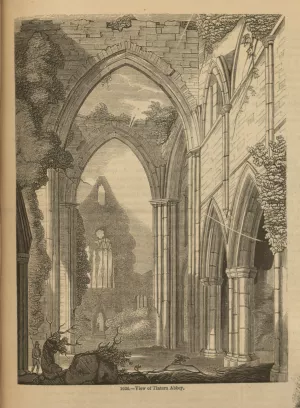In the eighteenth century, ruins all over the world were being rediscovered and reinterpreted aesthetically as their popularity and their importance as artistic subjects increased. An increase in travel and travel literature exposed British society to ruins both local and foreign, spurring interest in capturing their picturesque nature. At the same time, a growing awareness of historical documentation and scientific excavations of sites like Pompeii also affected the prevalence of ruins and commanded the attention of the Romantic audience. Frequently "created" as well as found, Romantic ruins invited spectators' reflections on transience, death, and decay. As such, ruins were a staple in Romantic landscape art and garden design. Goethe created at least one ruin in Weimar. Even today the entrance into a subdivision in Austin, Texas is a "ruined" Texas limestone structure, purpose built.

